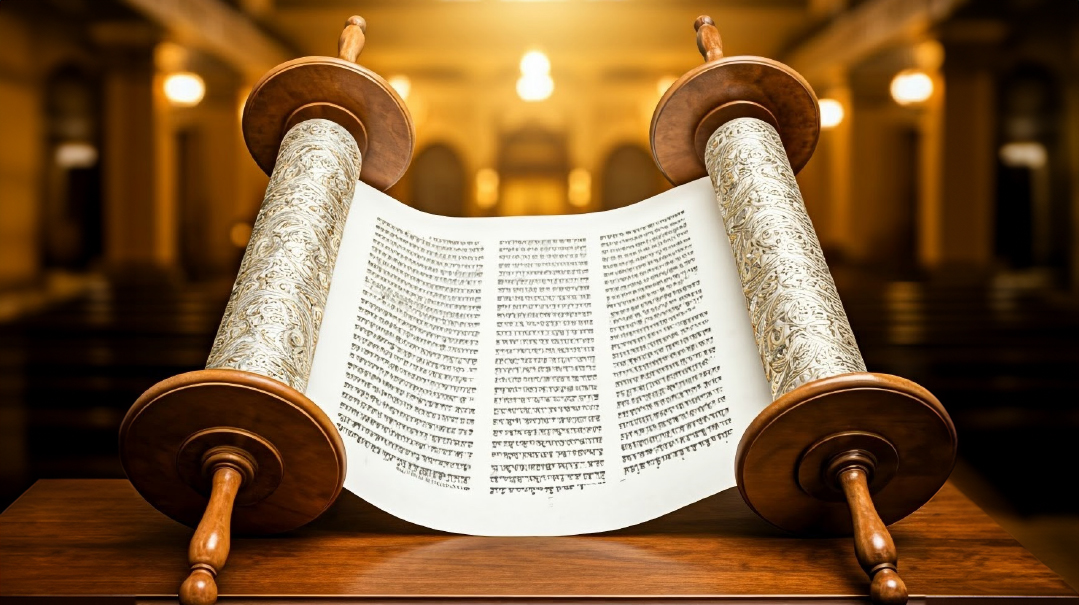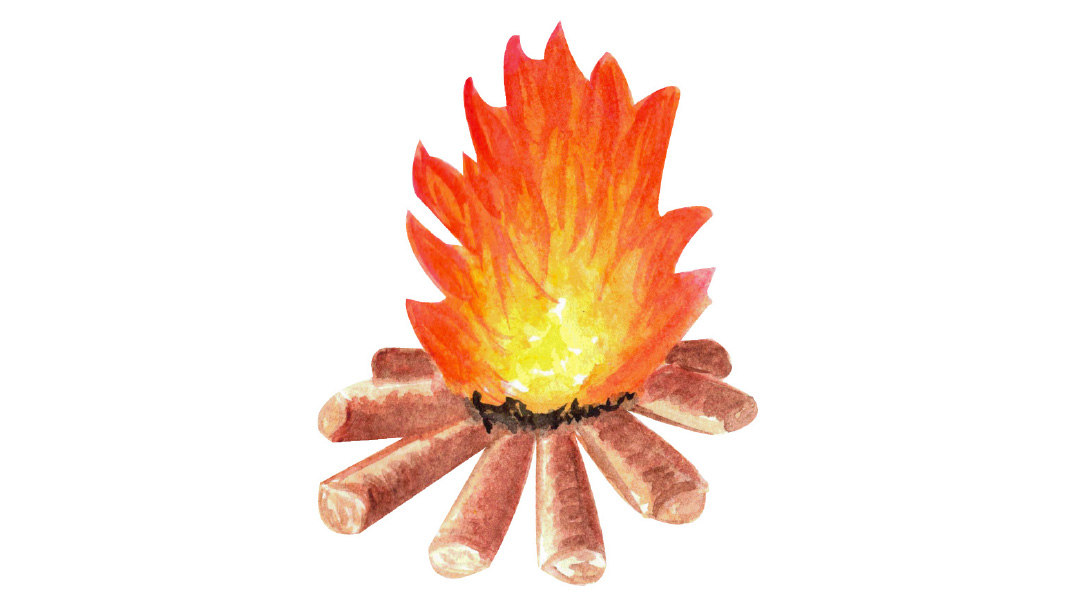Fruits of Redemption
| February 11, 2025Tu B’Shevat is deeply rooted in the most important aspects of creation

Why don’t we say Tachanun on Tu B’Shevat? And why do we have a custom to eat fruit on this day? A close analysis of the sources shows that Tu B’Shevat is deeply rooted in the most important aspects of creation.
1
Shulchan Aruch (Orach Chaim 131:6) rules that Tachanun is not recited on the 15th day of Shevat. Magen Avraham (se’if katan 16) explains that this is because it is the Rosh Hashanah for trees, and adds that there is a custom among Ashkenazim to eat fruits on this day.
Before analyzing these rulings, it is important to understand that the concept of Tu B’Shevat as a “Rosh Hashanah” for trees is halachic in nature. Maaser can only be taken from fruits grown in the same season as the fruits used for the tithe. The fruits’ season is determined by the moment of “chanatah” — the earliest stage in their development. Fruits whose chanatah precedes Tu B’Shevat belong to the previous year’s crop, and those whose chanatah postdate Tu B’Shevat are considered part of the new year’s crop.
Knowing this, the question arises as to why we would omit Tachanun on such a day. The function of Tu B’Shevat seems entirely technical in nature — why is it accorded celebratory status?
Secondly, we must understand the custom of eating fruit on this day. If Tu B’Shevat is the day on which the fruits first begin to bud — then it marks a point in time when the fruits are not yet even in existence.
2
The Gemara in Rosh Hashanah (11a) cites a machlokes between Rabi Eliezer and Rabi Yehoshua as to when the world was created. Rabi Eliezer maintains that the world was created in Tishrei, while Rabi Yehoshua argues that it was created in Nissan. Tosafos (Rosh Hashanah 29a) quotes Rabbeinu Tam, who says we apply the principle of eilu v’eilu divrei Elokim Chayim and therefore both opinions hold true. In Tishrei, the world was created in the dimension of machshavah, “thought”; while in Nissan, it was created in the dimension of maaseh, “action.”
Based on this, Bnei Yissaschar (Chodesh Av, 4:2) explains the significance of two enigmatic holidays: Tu B’Shevat and Tu B’Av.
When the Gemara is referring to the world’s creation on the first of Nissan or the first of Tishrei, it’s referring to the day of the world’s completion. But since creation was a six-day process, it actually began five days prior, either on the 25th of Elul (if the world was created in Tishrei) or on the 25th of Adar (if the world was created in Nissan).
Bnei Yissaschar applies the Gemara in Sotah (2a), which teaches that 40 days prior to a child’s conception, a bas kol calls “Bas ploni l’ploni” — announcing the destined bashert for this conceived child. So too, writes Bnei Yissaschar, 40 days prior to the conception of the world, there was a bas kol defining the world’s destiny. This bas kol rings out at two points on the calendar: the 15th of Av (40 days prior to the 25th of Elul), and the 15th of Shevat (40 days prior to the 25th of Adar).
But there is a fundamental difference between these two dates. The two points of creation, Nissan and Tishrei, each represent a separate realm. Tishrei is a time of din — this is when we are judged. It is also a time of intense teshuvah. Tishrei is a world in which each action is judged severely and survival depends on full repentance.
Nissan, on the other hand, is a time of chesed. The Jewish People were redeemed in Nissan, despite the fact that they were spiritually undeserving of it. Nissan is a world in which Hashem bestows His utmost kindness, well beyond what our actions merit.
3
What emerges is that Tu B’Shevat is the day on which the Nissan element of the world’s conception is announced. In addition to maintaining that the world was created in Nissan, Rabi Yehoshua also rules that the Geulah will come in Nissan— “b’Nissan asidin liga’el” (Rosh Hashanah 11b). The Ran (Drashos HaRan, end of drush gimmel) writes that this, in fact, is how we pasken— the Geulah will come in Nissan. Thus, the announcement that rings forth on Tu B’Shevat heralds not only the light of creation, but also the light of the final redemption.
This helps us understand why it is that we do not recite Tachanun on this day — for it is a day directly associated with the very conception of Mashiach.
It also explains the custom for eating fruit. The Gemara in Sanhedrin (98a) says there is no greater revelation of the Geulah than what the pasuk in Yechezkel says: “And you, mountains of Yisrael, shall yield your produce, and bear your fruit for My People.” Abundant fruit reflects the outpouring of blessing that brings about the Geulah.
The Gemara in Megillah (17b) teaches that in Shemoneh Esreh, we say the brachah of Bareich aleinu, a tefillah for bountiful produce, prior to Teka b’shofar, a tefillah for Mashiach, since abundant produce in Eretz Yisrael signals the coming of the Geulah.
4
One final insight into the mystical depths of Tu B’Shevat. Rav Moshe Wolfson ztz”l (Emunas Itecha, parshas Nitzavim) revealed that four of the final parshiyos of the Torah represent four periods in which to do teshuvah. Parshas Vayeilech is 30 pesukim— this is the month of Elul, the prime period to complete teshuvah, as tzaddikim are issued a favorable verdict immediately on Rosh Hashanah. Parshas Nitzavim is 40 pesukim— this is for those who only succeed in doing teshuvah by Yom Kippur, which is ten days into Tishrei (the Gemara tells us that beinonim, those of average spiritual measure, are given until Yom Kippur to complete their teshuvah). Parshas Ha’azinu is 52 pesukim, which takes us from the start of Elul until the 22nd of Tishrei, which is Shemini Atzeres.
Adding all these together (30 of Vayeilech, 40 of Nitzavim, 52 of Ha’azinu) equals 122. Says Rav Wolfson, this leads us to Zos Chanukah — 122 days from the start of Elul. This would be somewhat of a proof for the idea that Zos Chanukah is a final chance to complete teshuvah.
Amazingly, Rav Wolfson’s son-in-law, Rav Mottel Zilber, adds that parshas Ki Savo — which directly precedes parshas Nitzavim — contains 122 pesukim.
But what of V’zos Habrachah, which is 41 pesukim? Rav Wolfson addresses this, and says that since V’zos Habrachah is not read on Shabbos, it needn’t be included in this series of allusions.
But perhaps we can suggest that it is, in fact, a part of the series.
Forty-one days from Zos Chanukah leads us directly to the 15th of Shevat! On the 15th of Shevat, we enter the realm of Nissan — a time of complete chesed, when everyone is welcomed into the fruitful embrace of this exalted time of Geulah.
(Originally featured in Mishpacha, Issue 1049)
Oops! We could not locate your form.







